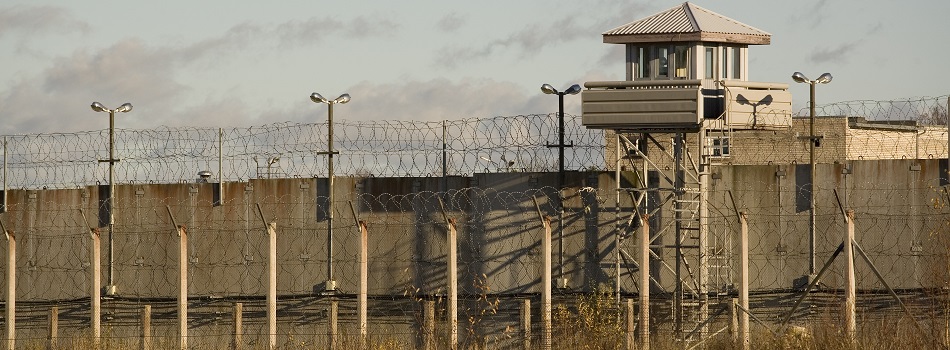
August 2017
When a few dozen prisoners took over New York's Attica State Prison in September 1971, there were a few bad injuries, but no deaths initially, and the 1,300 prisoners quickly organized themselves and issued a list of demands. But five days later, New York State Police stormed the prison; 10 hostages and 29 prisoners died.
The effects of the uprising rippled across the country, as Keramet Reiter, assistant professor of criminology, law and society writes in her review of the book "Blood in the Water: The Attica Prison Uprising of 1971 and its Legacy" by H.A. Thompson.
The Attica uprising and subsequent violence mobilized lawyers across the nation, while also sowing the seeds for prisoners' rights activists to fight for their rights by working inside the law.
Whether prisoners are considered to exist inside or outside law leads to a tension that Reiter describes as a "legitimacy paradox." "[P]rison officials seek to push prisoners who are protesting — or challenging the status quo of the system — outside of the law, but prisoner resisters seek to situate themselves within the law."
"Of course, the prisoners and their advocates gained legitimacy inasmuch as they situated themselves within the system, and prison officials gained legitimacy inasmuch as they situated prisoners (especially the ones they abused) outside of the system," Reiter writes. "But by seeking to situate themselves within the system, prisoners also lost something: the potential for radical reform. This de-radicalization, too, must be reckoned with in analyzing Attica’s legacy."